The Truth About Safety on Social Media Platforms
In today's digital age, social media platforms have become an integral part of our lives. They connect us with friends, family, and even strangers from around the globe. However, the truth about safety on these platforms is often overshadowed by the allure of likes, shares, and trending topics. While social media can be a powerful tool for communication and self-expression, it also comes with a host of risks that users must navigate carefully. From privacy breaches to cyberbullying, understanding these dangers is crucial for anyone looking to maintain a secure online presence.
As we dive deeper into this topic, it's essential to recognize that safety on social media isn't just about protecting oneself; it also involves a shared responsibility between users and the platforms themselves. So, what exactly are these risks? And how can we protect ourselves while still enjoying the benefits of social media? Let’s unravel the complexities of online safety together.
Social media platforms present various risks that can affect users in multiple ways. For instance, privacy breaches can lead to personal information being shared without consent, exposing users to potential harm. Cyberbullying has become an alarming trend, where individuals face harassment or intimidation online, often leaving lasting emotional scars. Additionally, misinformation spreads like wildfire on these platforms, leading to confusion and mistrust among users.
Recognizing these dangers is the first step toward navigating your online presence safely. Ask yourself: are you aware of who can see your posts? Do you know how to report harmful content? By being informed, you can take proactive measures to protect yourself and your loved ones.
One of the most critical aspects of online safety is safeguarding your personal information. Users must prioritize their privacy by taking deliberate steps to protect their data. This includes adjusting privacy settings on social media accounts and being cautious about sharing sensitive details, such as your home address, phone number, or financial information.
Understanding privacy settings is vital in customizing your social media experience for maximum security. Most major platforms offer a variety of options that allow you to control who can see your posts, comment on your content, or even send you messages. Here’s a quick overview of common privacy settings:
| Platform | Privacy Setting Options |
|---|---|
| Friends, Public, Custom | |
| Private Account, Close Friends | |
| Protected Tweets, Public Tweets |
When setting up your profile, you often face the choice between a public and a private account. A public profile allows anyone to see your posts and interact with you, which can be great for networking but also opens the door to unwanted attention. On the other hand, a private profile restricts visibility to only your approved friends, enhancing your security but limiting your reach. Think of it like choosing between leaving your front door wide open or installing a solid lock. Which option feels safer to you?
Another important aspect of online safety is managing friend requests wisely. Always verify the identity of individuals before accepting their requests. This is especially crucial if the person seems unfamiliar or if their profile appears suspicious. Remember, not everyone who sends a friend request has good intentions. Just like in real life, it’s essential to know who you’re letting into your social circle.
Understanding the signs of cyberbullying is essential for users of all ages. Cyberbullying can take many forms, such as hurtful comments, spreading rumors, or even impersonating someone. If you or someone you know is experiencing this, it's crucial to take action. Most platforms have built-in reporting mechanisms that allow users to flag inappropriate behavior. By reporting bullying, you not only protect yourself but also help create a safer space for others.
While users have a role in maintaining safety, social media companies also bear significant responsibility. These platforms must implement measures to protect users from harm and promote a safer online environment.
Content moderation is a key strategy employed by social media platforms to filter harmful content. This includes the use of algorithms that detect inappropriate posts and human moderators who review flagged content. However, the effectiveness of these measures often varies, and users should remain vigilant about the content they encounter.
Most social media platforms offer various reporting tools that empower users to take action against inappropriate behavior or content. Understanding how to use these tools effectively can make a significant difference in your online experience. If you see something that doesn’t feel right, don’t hesitate to report it. Your voice matters!
Creating a safe and supportive online environment is a collective effort. Users can contribute to a positive social media culture through respectful interactions and adherence to community guidelines. By promoting kindness and understanding, we can foster a space where everyone feels valued and secure.
- What should I do if I encounter cyberbullying? - Report it immediately using the platform's reporting tools and talk to someone you trust.
- How can I adjust my privacy settings? - Visit the settings section of your profile, where you can customize who sees your posts and personal information.
- Are public profiles safe? - While they can increase visibility, public profiles expose you to potential risks. Consider your comfort level before choosing this option.
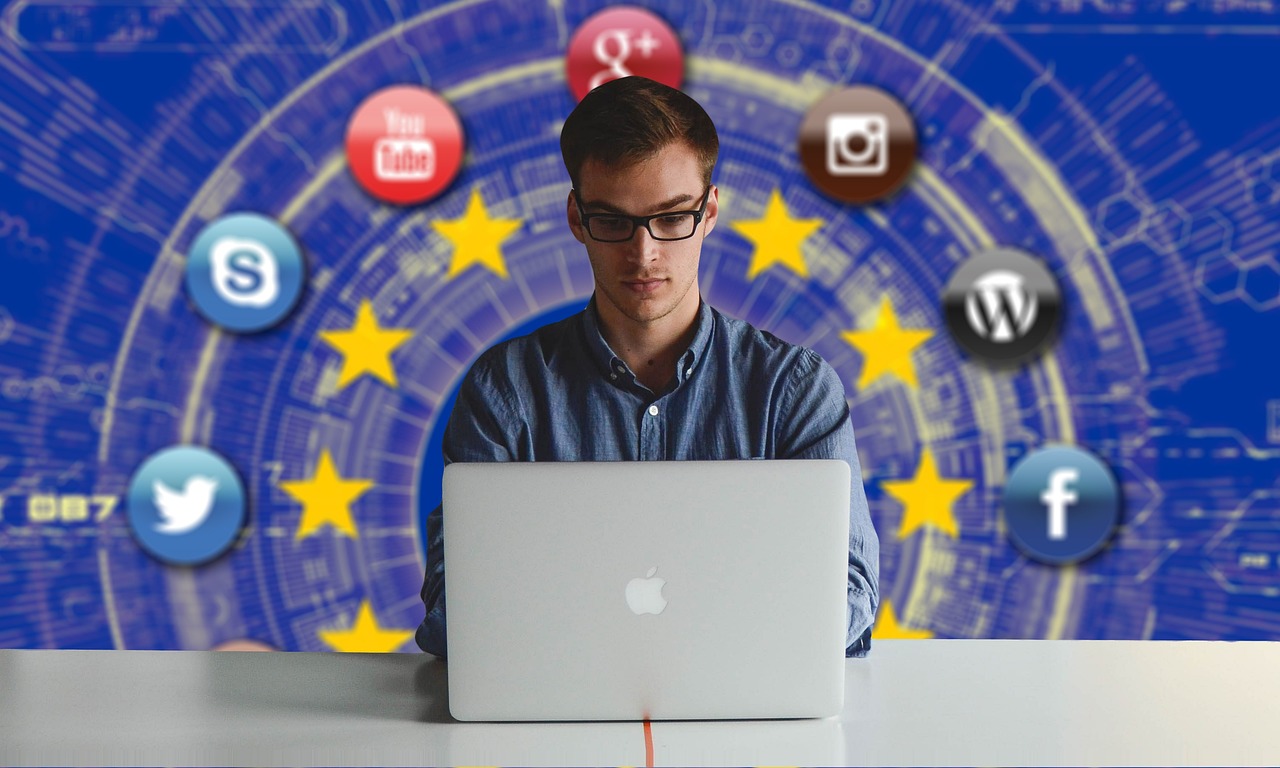
Understanding Social Media Risks
Social media platforms have become an integral part of our daily lives, connecting us with friends, family, and even strangers across the globe. However, as much as these platforms offer a world of opportunities, they also come with a fair share of risks that users must navigate. The digital landscape can sometimes feel like a double-edged sword, where the same tool that connects us can also expose us to various dangers. It's essential to understand these risks to safeguard our online experiences.
One of the most pressing issues is privacy breaches. Every time we share a post, like a photo, or update our status, we are giving away bits of our personal information. This data can be harvested by malicious entities for various purposes, from identity theft to targeted scams. Imagine your personal life being an open book; it’s crucial to know who has access to those pages. To put it simply, the more we share, the more we risk.
Another significant concern is cyberbullying. Unlike traditional bullying, which has a clear physical presence, cyberbullying can occur anytime and anywhere. It can be as subtle as a hurtful comment on a post or as severe as a coordinated attack against an individual. The anonymity of the internet often emboldens bullies, making it harder for victims to escape their torment. Recognizing the signs of cyberbullying is vital—look for sudden changes in behavior or withdrawal from online activities, as these can be telltale signs of someone being targeted.
Additionally, the spread of misinformation poses a significant threat. In the age of information overload, distinguishing between fact and fiction can be challenging. False information can spread like wildfire, influencing public opinion and even affecting real-world events. It's like playing a game of telephone—by the time the message reaches the last person, it may be completely distorted. Users must be vigilant and critical of the information they consume and share.
To sum it up, understanding the risks associated with social media is the first step towards a safer online experience. Here are some of the key risks to keep in mind:
- Privacy Breaches: The risk of personal data being accessed by unauthorized individuals.
- Cyberbullying: Online harassment that can have severe emotional impacts.
- Misinformation: The spread of false information that can mislead users.
By staying informed and aware of these risks, users can take proactive measures to protect themselves and enjoy the benefits of social media without falling victim to its pitfalls.
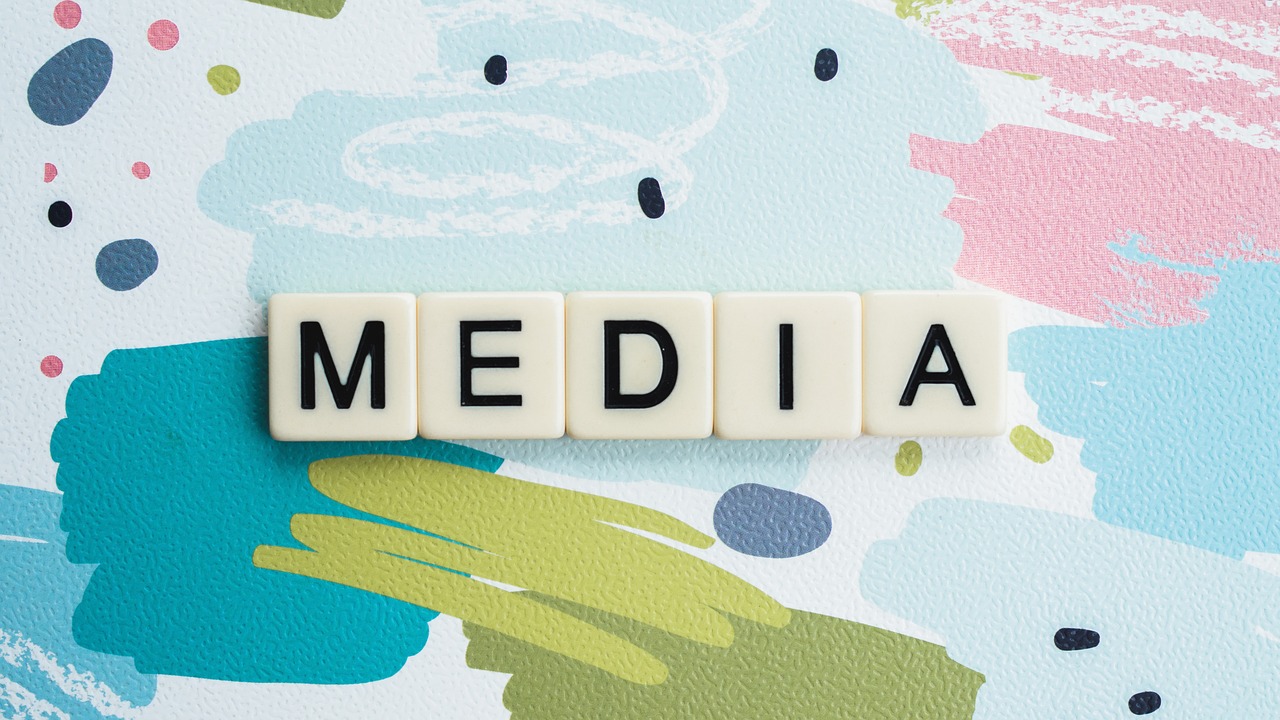
Protecting Personal Information
In today's digital age, where sharing is second nature, protecting your personal information on social media is more important than ever. Think of your online presence as a house; would you leave your front door wide open for anyone to walk in? Absolutely not! Yet, many users unknowingly do just that by oversharing personal details. It's crucial to understand that every post, comment, and like can reveal more about you than you might realize. So, how can you safeguard your digital sanctuary?
First and foremost, adjusting your privacy settings is essential. Most social media platforms provide a plethora of options that allow you to control who sees your content. For instance, you can set your profile to private, meaning only those you accept as friends can view your posts. This simple step can significantly reduce the risk of unwanted attention. But, let’s not stop there! Here’s a quick look at some practical strategies:
- Be selective with friend requests: Only accept requests from people you know personally. It’s like inviting someone into your home; you wouldn’t let just anyone through the door!
- Avoid sharing sensitive information: Details like your address, phone number, or even your vacation plans can be a goldmine for identity thieves. Keep that info close to your chest.
- Regularly review your friends list: People change, and so do relationships. Periodically check who has access to your information and remove anyone who no longer belongs.
Next, let’s dive deeper into the privacy settings available on major social media platforms. Understanding these settings can empower you to customize your profile for maximum security. For example, Facebook allows you to control who can see your posts, who can send you friend requests, and even who can look you up using your email address or phone number. On Instagram, you can switch to a private account, ensuring that only your approved followers can see your photos and stories.
Here’s a quick breakdown of privacy settings on popular platforms:
| Platform | Privacy Options |
|---|---|
| Profile visibility, post sharing, friend request settings | |
| Private account, story sharing settings | |
| Protected tweets, follower approval |
Now, let’s talk about the difference between public and private profiles. A public profile is like a billboard on a busy street; anyone can see it, which can lead to unwanted attention or harassment. On the other hand, a private profile is more like a cozy gathering in your living room, where only invited guests can join in. The choice between the two can significantly impact your online safety.
When you choose a public profile, you are essentially saying, “Look at me!” This can be great for gaining followers or building a brand, but it comes with risks. Anyone can comment, share, or even misrepresent your content. Conversely, with a private profile, you can curate your audience, ensuring that only trusted individuals have access to your posts. This decision should be made with careful consideration of what you share online.
Another critical aspect of protecting your personal information is managing friend requests. It’s tempting to accept every request that comes your way, especially if they appear friendly or familiar. However, just like in real life, you wouldn’t invite strangers into your home without knowing who they are. Always verify identities before accepting requests. If something feels off, trust your instincts and hit that decline button!
In conclusion, protecting your personal information on social media is not just about setting a few privacy settings; it’s about being proactive and aware of your digital footprint. By taking these steps, you can enjoy the benefits of social media without compromising your safety.
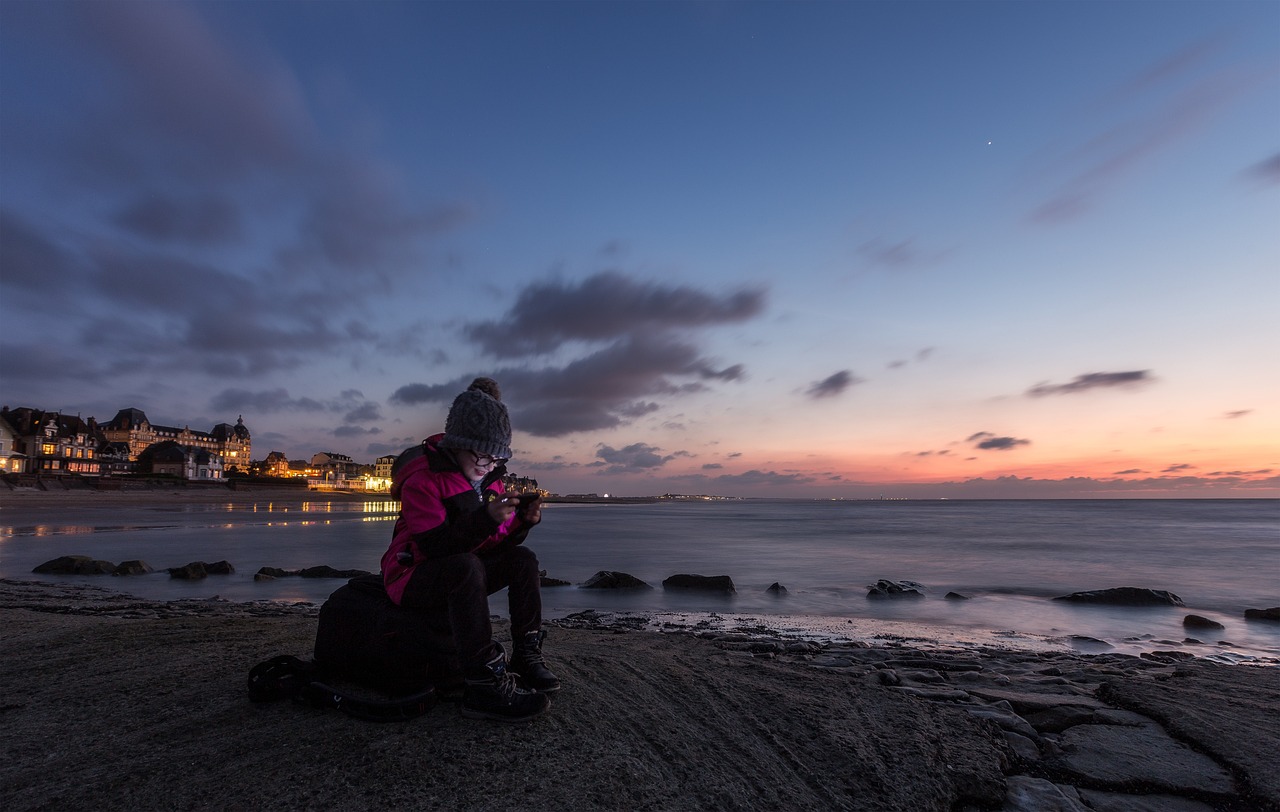
Privacy Settings Explained
When it comes to social media, privacy settings are your first line of defense. Think of them as the locks on your front door; without them, anyone can stroll right in. Every major social media platform offers a variety of privacy options, allowing you to control who sees your content and personal information. But navigating these settings can be a bit like finding your way through a maze, especially if you’re not tech-savvy. So, let’s break it down and make it simple!
First off, let’s talk about Facebook. On this platform, you can customize who sees your posts, who can send you friend requests, and even who can look you up using your email or phone number. To access these settings, head to the dropdown menu on the top right corner of your profile, click on Settings & Privacy, and then select Settings. Here, you’ll find options like Privacy, Timeline and Tagging, and Blocking, which are essential for tailoring your experience.
Now, moving on to Instagram. This platform is all about visuals, but that doesn’t mean you should compromise your privacy! You can choose to have a private account, which means only approved followers can see your posts and stories. To enable this, go to your profile, tap on the three lines in the top right corner, select Settings, then Privacy, and toggle the Private Account option. Additionally, you can manage who can comment on your posts and who can send you direct messages, which is crucial for maintaining a comfortable online space.
Twitter, on the other hand, offers a different approach. You can protect your tweets, meaning only your followers can see them. To do this, go to Settings and Privacy, click on Privacy and Safety, and check the box that says Protect your Tweets. This way, you can share your thoughts without worrying about unwanted eyes peeping in. Plus, you can manage your followers and block or mute accounts that make you uncomfortable.
Here’s a quick comparison of privacy settings across these platforms:
| Platform | Private Account Option | Control Over Comments | Friend Request Management |
|---|---|---|---|
| Yes | Yes | Yes | |
| Yes | Yes | No (only follows) | |
| Yes | No | No (only follows) |
To wrap it up, understanding and utilizing privacy settings is crucial for maintaining your safety on social media. It’s like wearing a seatbelt in a car; it might not prevent all accidents, but it definitely reduces your risk. Always remember to regularly check these settings, as platforms frequently update their policies and features. Stay informed, stay safe!
- What are privacy settings? Privacy settings are options provided by social media platforms that allow users to control who can see their content and personal information.
- How can I change my privacy settings? You can change your privacy settings by navigating to the settings menu on your social media profile and selecting the privacy options available.
- Is it safe to have a public profile? Having a public profile can expose you to unwanted attention. It’s generally safer to have a private profile, especially if you share personal information.
- What should I do if I feel unsafe online? If you feel unsafe, you should adjust your privacy settings, block or report users, and consider taking a break from the platform.
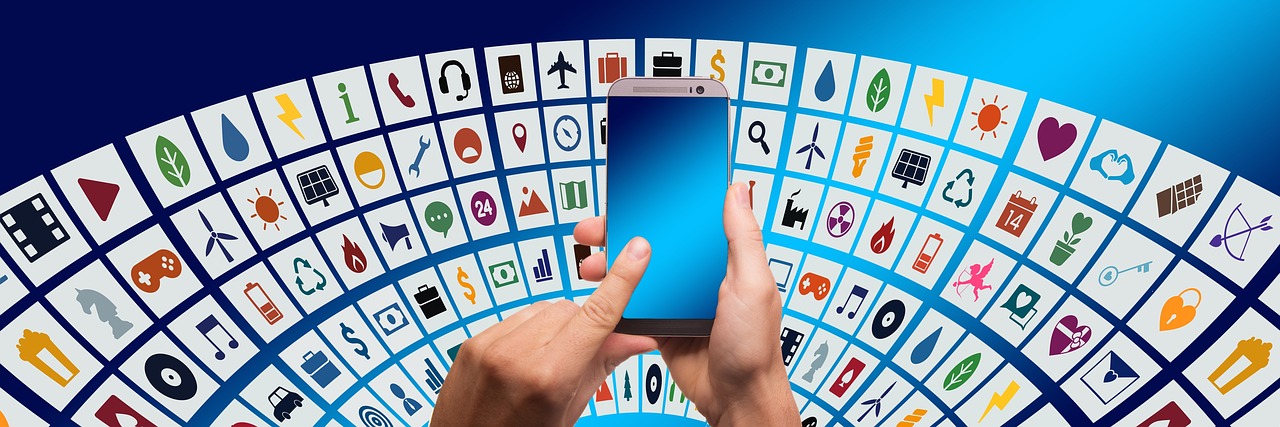
Public vs. Private Profiles
When it comes to social media, one of the most crucial decisions users face is whether to set their profiles to public or private. This choice can significantly affect your online safety and the way you interact with others on these platforms. A public profile means that anyone can see your posts, photos, and personal information, making it easier for strangers to access your content. On the flip side, a private profile restricts visibility to only those you approve as friends or followers, providing a layer of protection against unwanted attention.
Imagine your social media profile as your home. A public profile is like leaving your front door wide open, inviting anyone to stroll in and explore your belongings. Meanwhile, a private profile is akin to having a sturdy door with a lock, allowing only trusted individuals inside. This analogy highlights the importance of understanding the implications of your choice. With a public profile, you might gain more followers and engagement, but at the cost of exposing yourself to potential risks, such as identity theft or harassment.
Moreover, it’s essential to consider the type of content you share. If you frequently post personal updates, photos of your family, or sensitive information, a private profile is likely the safer option. However, if you’re using social media for business or to connect with a wider audience, a public profile might serve your goals better. In such cases, you can still maintain some level of privacy by being selective about what you share publicly.
To help you decide, here’s a quick comparison of the two profile types:
| Aspect | Public Profile | Private Profile |
|---|---|---|
| Visibility | Accessible to everyone | Only visible to approved friends |
| Control | Less control over who sees your content | More control over your audience |
| Engagement | Higher potential for engagement | Limited engagement opportunities |
| Risk | Higher risk of privacy breaches | Lower risk of unwanted interactions |
Ultimately, the choice between a public and private profile should align with your personal comfort level and goals on social media. It’s a balancing act between visibility and privacy, and understanding the consequences of your decision is key. Remember, you can always adjust your settings as your needs change, so don’t hesitate to revisit your choice periodically. After all, your safety and comfort should always come first in the vast world of social media.

Managing Friend Requests
When it comes to social media, managing friend requests is more than just a simple click of a button; it’s a vital aspect of maintaining your online safety and privacy. With the rise of fake profiles and malicious users, it’s crucial to be discerning about who you allow into your digital circle. Think of your social media profile as your home. Would you invite just anyone in? Probably not! Similarly, you should be cautious about who you accept as friends online.
First and foremost, always take a moment to verify the identity of the person sending you a friend request. Look for clues in their profile: Do they have mutual friends? Is their profile picture genuine, or does it look like a stock photo? If their profile is brand new with no posts or interactions, it’s a red flag. In many cases, these could be bots or individuals with less-than-honorable intentions.
Another important practice is to consider your privacy settings before accepting friend requests. If you’re the type who shares personal updates, photos, or even your location, you might want to keep your friend list limited to people you truly know. It’s like having a cozy gathering with close friends rather than hosting a party for strangers. You wouldn’t want just anyone to know where you live or what you’re up to!
Here are a few tips for managing friend requests effectively:
- Check Mutual Connections: If you have friends in common, it’s generally a good sign. However, don’t rely solely on this—do your due diligence!
- Look for Profile Activity: A profile with posts, comments, and interactions is usually more trustworthy than an empty one.
- Don’t Hesitate to Decline: If something feels off, trust your instincts and decline the request. It’s better to be safe than sorry.
Moreover, many platforms allow you to customize your friend request settings. You can limit who can send you requests or even block certain users. This proactive approach can significantly enhance your online safety. Imagine putting up a fence around your yard; it keeps unwanted visitors out while allowing you to enjoy your space peacefully.
In summary, managing friend requests is a crucial part of your social media experience. By being vigilant and taking the time to assess each request, you can create a safer online environment for yourself. Remember, your social media presence reflects you, and it’s essential to curate it with care. So, the next time you receive a friend request, pause and consider: Is this someone I want in my online life?
Q1: What should I do if I receive a friend request from someone I don’t know?
A1: It’s best to decline the request if you don’t recognize the person. You can also check their profile for any mutual friends or signs of authenticity.
Q2: How can I adjust my privacy settings to limit friend requests?
A2: Go to your account settings and look for privacy options. Most platforms allow you to restrict who can send you friend requests, so you can choose to only accept requests from friends of friends or disable requests altogether.
Q3: What are the signs of a fake profile?
A3: Fake profiles often have few friends, no profile picture, or generic images. They may also have little to no activity on their page. Always be cautious of profiles that seem too good to be true!
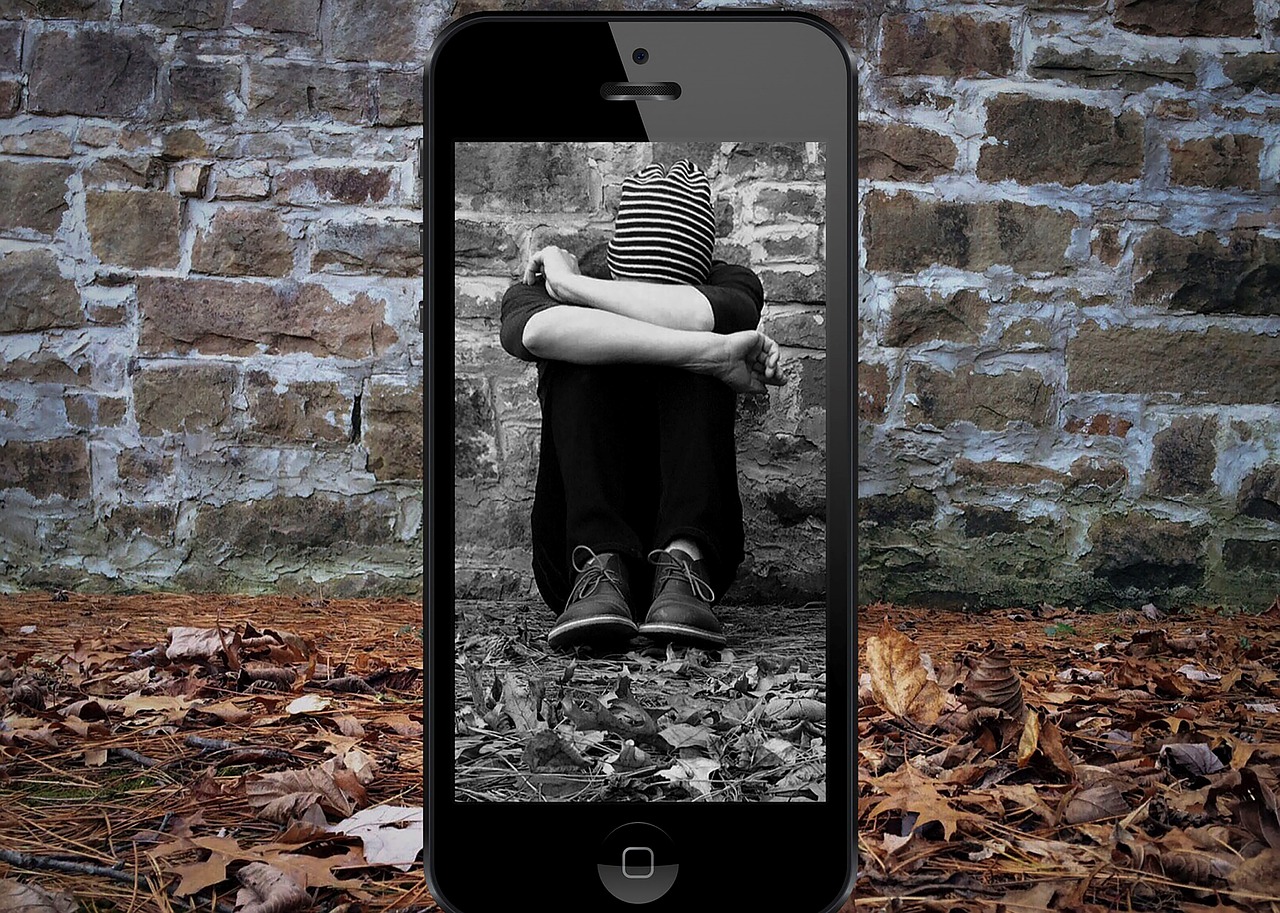
Recognizing and Reporting Cyberbullying
Cyberbullying is a pervasive issue that can have devastating effects on individuals, especially young users of social media. It's crucial to recognize the signs of cyberbullying early on, as this can lead to timely intervention and support for those affected. So, what exactly should you look for?
Signs of cyberbullying can manifest in various ways, and being aware of these can help you or someone you know take action. Common indicators include:
- Unexplained Changes in Behavior: If someone suddenly becomes withdrawn, anxious, or depressed, it could be a sign that they are experiencing online harassment.
- Reluctance to Use Technology: A user who once enjoyed social media may start avoiding it altogether, indicating a potential issue.
- Frequent Complaints of Online Interactions: If someone frequently talks about negative experiences online, it's essential to take those feelings seriously.
- Changes in Academic Performance: A drop in grades or lack of interest in school can also be linked to the emotional toll of cyberbullying.
If you suspect that someone is being cyberbullied, it’s important to respond appropriately. Here are some steps to consider when addressing the situation:
- Document Everything: Encourage the victim to save screenshots, messages, and any other evidence of the bullying behavior. This documentation can be crucial for reporting.
- Report the Behavior: Most social media platforms have specific procedures for reporting bullying. Users should familiarize themselves with these processes and utilize them to report inappropriate behavior.
- Support the Victim: Offer emotional support and reassure them that they are not alone. Encourage them to talk about their feelings and seek professional help if necessary.
Reporting cyberbullying is not just about stopping the behavior; it's also about creating a safer online environment for everyone. When users take the initiative to report bullying, they contribute to a culture of accountability. Social media platforms take these reports seriously and often have teams dedicated to investigating claims of harassment.
In addition to reporting, it’s crucial for users to understand that they can also block or mute individuals who engage in bullying behavior. This simple action can help reclaim a sense of safety and control over one’s online experience. Remember, no one deserves to be bullied, and taking action can make a significant difference.
By recognizing the signs of cyberbullying and knowing how to report it effectively, we can work together to foster a more supportive and safe online community. It’s a collective responsibility, and every action counts.
- What should I do if I see someone being bullied online?
It's important to report the behavior to the platform and offer support to the victim. Encourage them to document the bullying and consider discussing it with a trusted adult.
- Can I remain anonymous when reporting cyberbullying?
Many platforms allow users to report anonymously, but it’s best to check the specific reporting guidelines of the platform in question.
- How can I prevent myself from being bullied online?
Adjust your privacy settings, be cautious about who you interact with, and never share personal information that could be used against you.
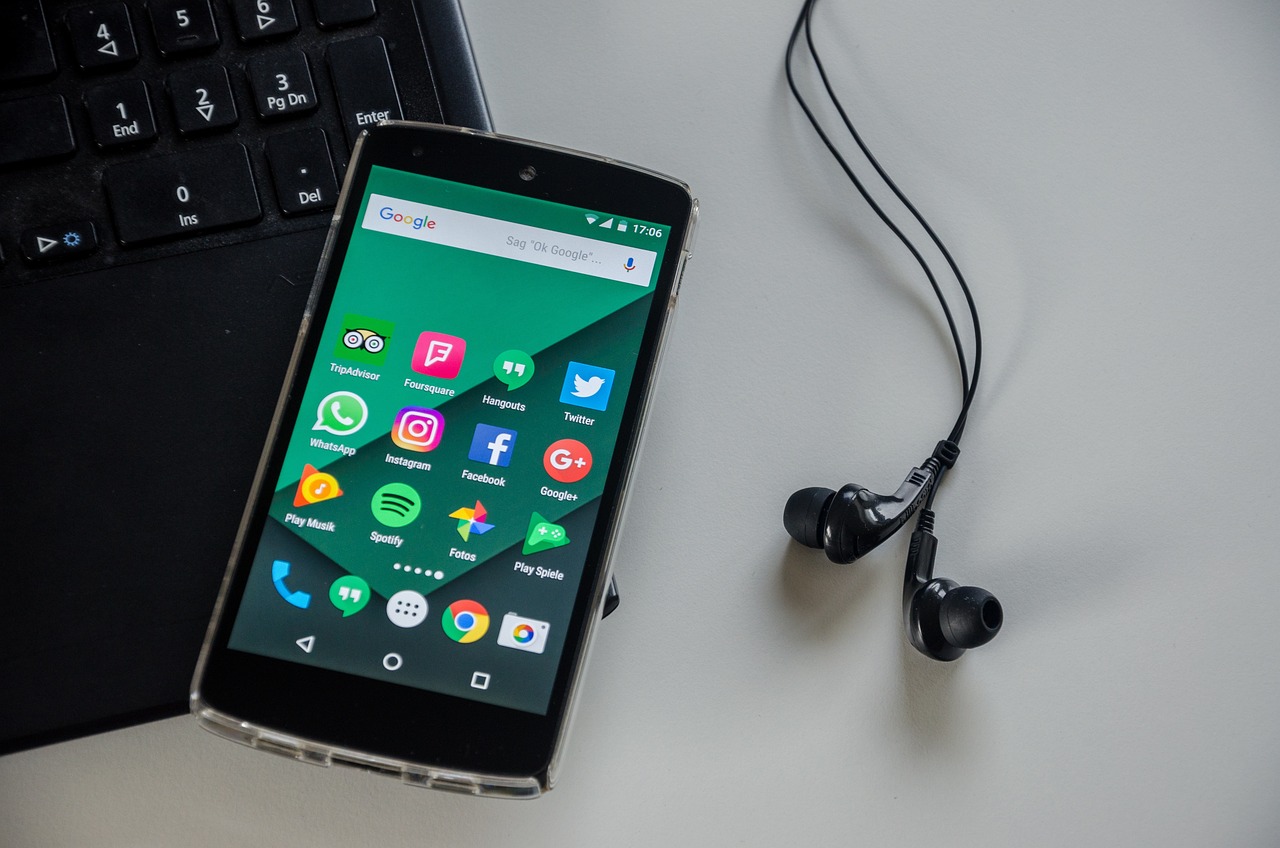
Platform Responsibilities
In today’s digital landscape, social media platforms hold a significant amount of power and influence over the way we communicate and share information. With this power comes a profound responsibility to ensure the safety and well-being of their users. It’s not just about providing a space for people to connect; it’s about creating an environment where users can feel secure and protected from various online threats. So, what exactly are these responsibilities, and how are platforms stepping up to meet them?
First and foremost, social media companies must actively engage in content moderation. This involves monitoring the vast amounts of content generated daily and filtering out harmful or inappropriate material. Many platforms utilize a combination of algorithms and human moderators to achieve this. Algorithms can quickly identify and flag potentially harmful content based on specific keywords or patterns, but human moderators are essential for nuanced understanding and context. This dual approach aims to strike a balance between efficiency and accuracy, ensuring that users are not exposed to violent, abusive, or misleading content.
Moreover, platforms are increasingly implementing user reporting mechanisms. These tools empower users to take action when they encounter inappropriate behavior or content. For instance, if someone experiences harassment or sees false information being spread, they can report it directly through the platform. This not only helps in addressing individual incidents but also contributes to a broader understanding of harmful trends that may need further attention. The effectiveness of these reporting mechanisms, however, relies heavily on users’ awareness and willingness to utilize them.
To illustrate the range of responsibilities, consider the following table that outlines key measures taken by popular social media platforms:
| Platform | Content Moderation Strategies | User Reporting Features |
|---|---|---|
| AI algorithms, human moderators | Report posts, block users | |
| Automated detection, user flagging | Report tweets, mute accounts | |
| Machine learning, community guidelines | Report content, restrict accounts |
While these measures are crucial, they are not foolproof. Platforms must continually adapt and evolve their strategies to address emerging threats and changing user behaviors. This includes educating users about safe practices and the importance of reporting harmful content. By fostering a culture of awareness and vigilance, social media platforms can empower users to protect themselves and each other.
Additionally, transparency is a vital aspect of platform responsibility. Users deserve to know how their data is being used and what measures are in place to protect their privacy. By providing clear and accessible information regarding data policies and safety measures, platforms can build trust and encourage responsible usage among their user base.
Ultimately, the responsibility of creating a safe online environment is a shared one. While platforms must take proactive steps to protect their users, individuals also play a crucial role in maintaining a positive and respectful online community. By adhering to community guidelines and engaging in constructive interactions, users can contribute to a safer social media experience for everyone.
- What should I do if I encounter cyberbullying on social media? - Report the behavior to the platform and, if necessary, reach out to trusted friends or authorities.
- How can I ensure my personal information is safe on social media? - Regularly update your privacy settings and be cautious about what you share publicly.
- Are social media platforms doing enough to protect users? - While many are making strides in safety measures, ongoing vigilance and user participation are essential for a secure online environment.
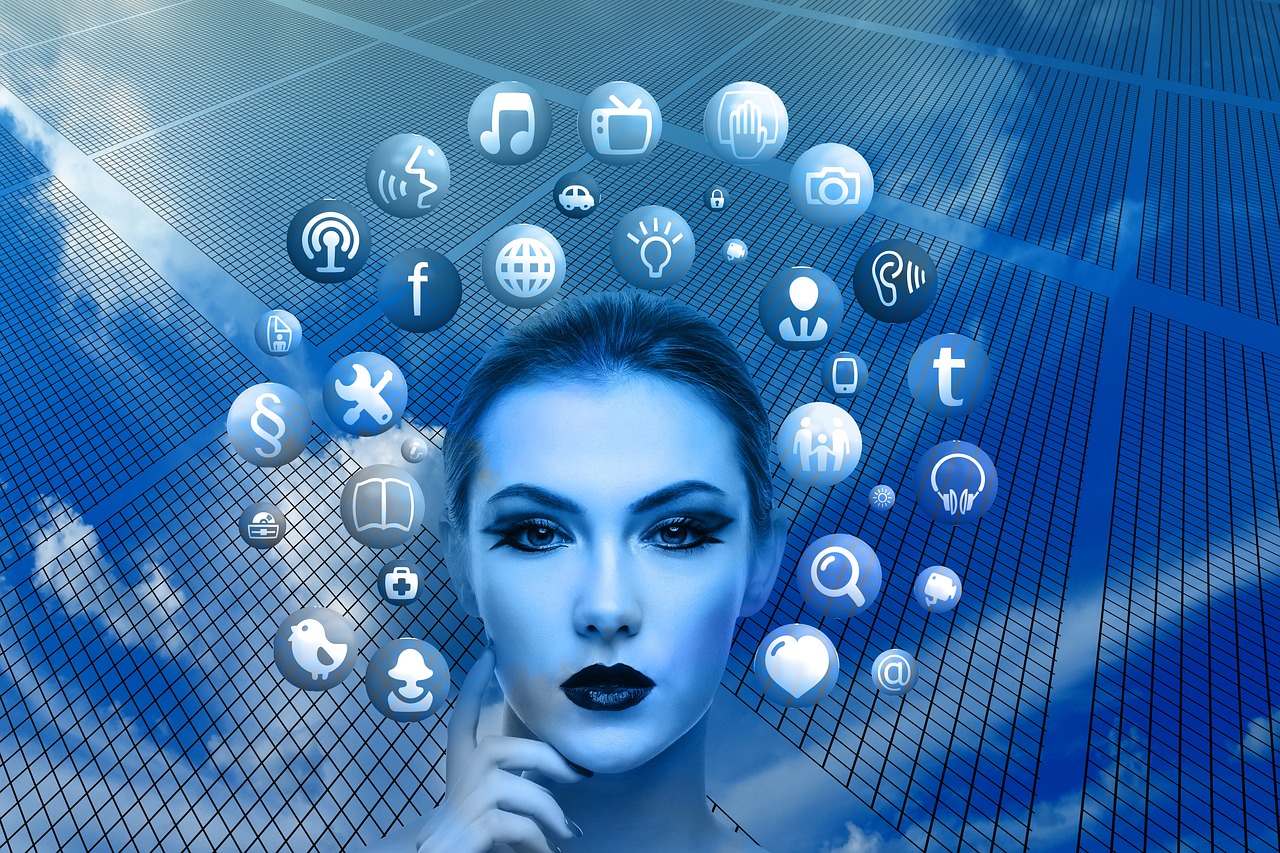
Content Moderation Practices
Content moderation is a critical aspect of maintaining a safe online environment on social media platforms. It involves the processes and policies that companies implement to monitor, review, and manage user-generated content. The goal? To ensure that the content shared aligns with community guidelines and does not promote harm or misinformation. With the sheer volume of posts made every second, this task can feel akin to finding a needle in a haystack. But how do these platforms tackle this monumental challenge?
Social media companies use a combination of automated algorithms and human moderators to filter and manage content. Algorithms are designed to detect potentially harmful posts, such as hate speech or graphic violence, by analyzing keywords and patterns in the text. However, while these algorithms can be effective, they are not foolproof. They can sometimes misinterpret context or nuance, leading to false positives where innocent content is flagged incorrectly.
To complement these automated systems, platforms also employ teams of human moderators. These individuals review flagged content, applying their judgment to determine whether it violates community standards. This dual approach aims to strike a balance between efficiency and accuracy. It’s important to note that human moderators often face overwhelming workloads, which can lead to burnout and inconsistencies in moderation practices.
Here’s a quick overview of how content moderation typically works:
| Step | Description |
|---|---|
| 1. Content Creation | Users post content, which can include text, images, and videos. |
| 2. Automated Filtering | Algorithms scan posts for harmful content based on established criteria. |
| 3. User Reporting | Users can report content they find inappropriate or harmful. |
| 4. Human Review | Moderators evaluate flagged content to determine if it violates guidelines. |
| 5. Action Taken | Content may be removed, and users may face penalties if violations occur. |
Despite these efforts, content moderation is not without its challenges. The constant evolution of language, slang, and cultural references means that algorithms must be regularly updated to remain effective. Moreover, different cultures have varying thresholds for what constitutes acceptable content, complicating the moderation landscape further.
Another significant challenge is the issue of transparency. Users often feel frustrated when they don't understand why certain content was removed or why their accounts were suspended. This lack of clarity can lead to distrust between users and platforms. Therefore, many companies are now striving to improve their communication regarding moderation decisions, offering more detailed explanations and appeals processes for users to contest actions taken against their content.
Ultimately, the effectiveness of content moderation practices depends on a collaborative effort between social media platforms and their users. By understanding the challenges and supporting moderation efforts, users can contribute to a healthier online ecosystem. This means not only adhering to community guidelines but also actively engaging in respectful discourse and reporting harmful content when they encounter it.
- What is content moderation? Content moderation refers to the processes used by social media platforms to monitor and manage user-generated content to ensure it aligns with community guidelines.
- How do algorithms work in content moderation? Algorithms analyze posts for harmful content by scanning for specific keywords and patterns, helping to filter out inappropriate material before human review.
- What role do human moderators play? Human moderators review flagged content to determine if it violates guidelines, providing a necessary layer of context and judgment that algorithms may lack.
- How can users help improve content moderation? Users can help by adhering to community guidelines, reporting inappropriate content, and engaging in respectful conversations online.
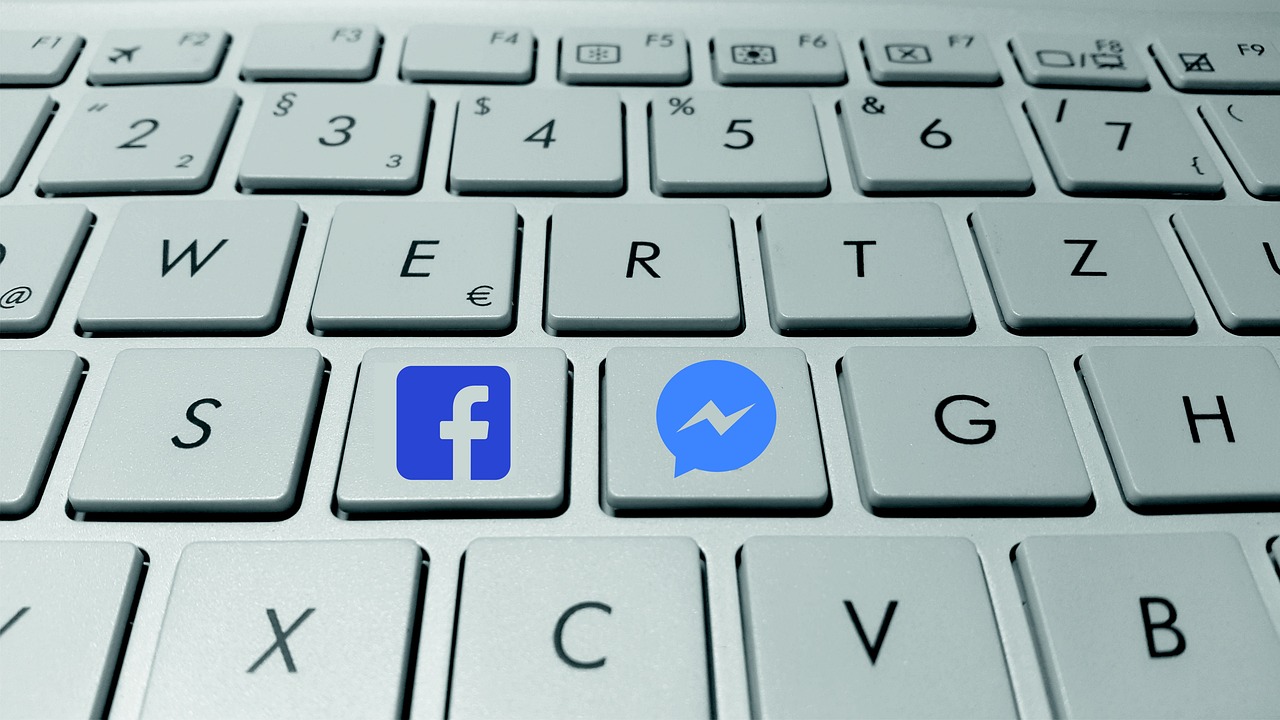
User Reporting Mechanisms
In the vast and often chaotic world of social media, the ability for users to report inappropriate behavior or content is not just a feature—it's a lifeline. Every day, millions of interactions take place, and while most are harmless, there are instances where users encounter harassment, misinformation, or other harmful content. Understanding how to effectively utilize the reporting mechanisms provided by social media platforms is crucial for maintaining a safe online community.
Most social media platforms have implemented user-friendly reporting tools that allow individuals to flag content or behavior that violates community guidelines. These tools are designed to empower users, giving them a voice to combat negativity and abuse. But how does this process work, and what can you expect once you report something?
When you come across something that raises a red flag—be it a hate speech post, an instance of cyberbullying, or misleading information—reporting it is usually just a few clicks away. Here's a quick overview of the general process you might follow:
| Step | Description |
|---|---|
| 1 | Locate the content or user you wish to report. |
| 2 | Click on the 'Report' option, typically found in a dropdown menu next to the post or profile. |
| 3 | Select the reason for your report from the available options. |
| 4 | Submit your report, often accompanied by an option to provide additional context. |
Once your report is submitted, the platform's moderation team will review it. This process can vary in duration; some reports may be addressed within hours, while others could take several days, depending on the volume of reports being processed. It's important to note that while your report is confidential, you may not receive direct feedback on the outcome. However, platforms often take action based on the severity and frequency of violations reported.
Furthermore, many social media platforms encourage community engagement by providing tools that allow users to not only report but also block or mute accounts that may be causing distress. This proactive approach helps users take control of their online experiences, reducing exposure to negativity.
In addition to individual reporting, platforms often rely on algorithms and machine learning to identify and mitigate harmful content before it becomes widespread. However, user reports remain a vital component of this system, as they help platforms refine their algorithms and improve overall safety. So, the next time you see something troubling online, remember that your voice matters. Reporting isn't just an option; it's an essential part of creating a healthier digital landscape.
- What happens after I report content? After you submit a report, the platform's moderation team will review it and take appropriate action based on their guidelines.
- Will I be notified if action is taken on my report? Typically, platforms do not provide feedback on individual reports due to privacy concerns, but they may notify you if the reported content is removed.
- Can I report someone for multiple reasons? Yes, most platforms allow you to report the same content for multiple violations if applicable.
- Is reporting anonymous? Yes, your identity is usually kept confidential when you report content or users.
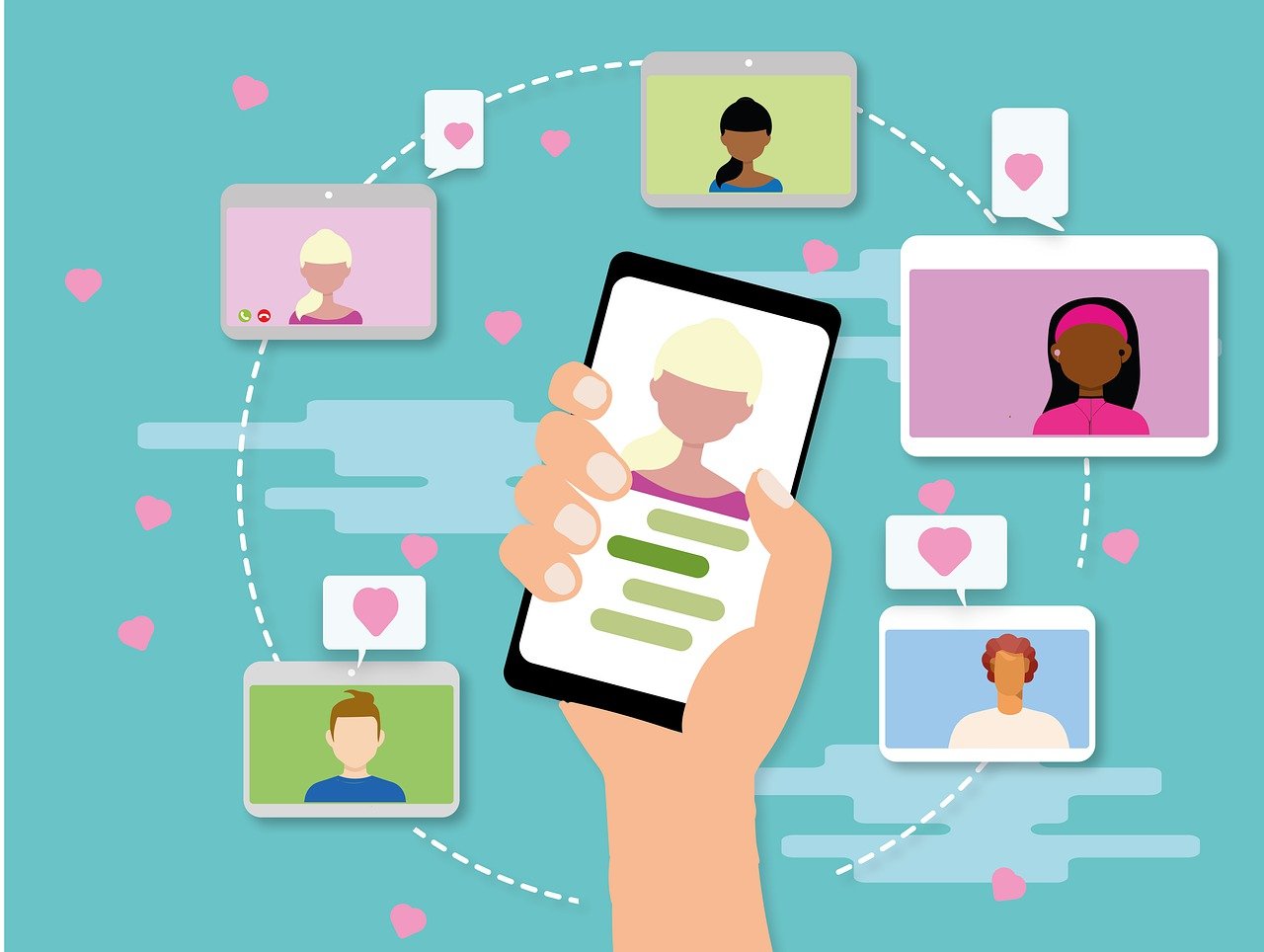
Building a Positive Online Community
Creating a safe and supportive online environment is not just the responsibility of social media platforms; it’s a collective effort that involves every user. Think of social media as a bustling neighborhood. Just like in any community, the behavior of its residents can greatly influence the overall atmosphere. If everyone contributes positively, the neighborhood thrives; if negativity takes over, it can become hostile and unwelcoming. So, how can we all pitch in to foster a more positive online experience?
First and foremost, it’s essential to engage in respectful interactions. This means treating others as you would like to be treated. When commenting on posts or responding to messages, consider the impact of your words. A simple act of kindness, like complimenting someone's work or offering support during tough times, can create ripples of positivity that spread throughout the community. On the flip side, harsh words or trolling can lead to a toxic environment that drives people away.
Moreover, adhering to community guidelines is crucial. Most social media platforms have established rules designed to maintain a safe space for users. Familiarizing yourself with these guidelines can help you understand what is acceptable behavior. If you notice someone violating these rules, it's important to report it. By doing so, you're not only protecting yourself but also helping to preserve the integrity of the community. Remember, every report is a step towards a healthier online environment.
Another vital aspect is the power of support networks. Building connections with like-minded individuals can create a sense of belonging. Participate in groups or forums that align with your interests, and don’t hesitate to share your experiences or seek advice. This camaraderie can act as a buffer against negativity and foster a sense of security among users. When people feel supported, they are more likely to contribute positively to discussions and interactions.
Furthermore, it’s important to be mindful of the content you share. Before posting, ask yourself: Does this add value? Is it respectful? Sharing uplifting stories, educational content, or even light-hearted humor can brighten someone's day. Conversely, sharing inflammatory or misleading information can contribute to a negative atmosphere. The internet is like a mirror; it reflects what we put into it. If we aim for positivity, we’re likely to see it in return.
Lastly, let’s not underestimate the importance of empathy. Everyone has their battles, and a little understanding can go a long way. If you encounter someone who is struggling, offering a kind word or a listening ear can make a significant difference. Empathy fosters connection and encourages others to act in kind, creating a chain reaction of goodwill.
In conclusion, building a positive online community is an ongoing effort that requires the participation of all users. By engaging respectfully, adhering to community guidelines, fostering support networks, being mindful of content, and practicing empathy, we can transform our social media spaces into vibrant, welcoming neighborhoods. So, the next time you log in, remember: your actions matter. Let’s make our online community a place where everyone feels valued and safe.
- How can I report negative behavior on social media?
Most platforms have a reporting feature accessible directly on posts or profiles. Use it to flag inappropriate content or behavior. - What are community guidelines?
Community guidelines are rules established by social media platforms to ensure safe and respectful interactions among users. - How can I support someone who is being bullied online?
Offer them support privately, encourage them to report the bullying, and remind them they are not alone. - Can I change my privacy settings to enhance my safety?
Yes, most platforms allow you to customize your privacy settings. Adjust them to control who can see your content and interact with you.
Frequently Asked Questions
- What are the main risks associated with social media?
Social media can expose users to various risks such as privacy breaches, cyberbullying, and the spread of misinformation. Understanding these threats is essential for navigating platforms safely and protecting your online reputation.
- How can I protect my personal information on social media?
To safeguard your personal information, consider adjusting your privacy settings to limit who can see your posts. Be cautious about sharing sensitive details and think twice before accepting friend requests from unknown individuals.
- What are the differences between public and private profiles?
A public profile allows anyone to view your content, which can lead to unwanted attention or interactions. In contrast, a private profile restricts access to only approved friends, providing a safer environment for sharing personal information.
- How can I recognize and report cyberbullying?
Signs of cyberbullying include receiving negative comments or messages, being excluded from online groups, or having your content manipulated. If you encounter such behavior, use the platform's reporting tools to notify them of the issue.
- What responsibilities do social media platforms have regarding user safety?
Social media companies must implement effective content moderation practices and provide user-friendly reporting mechanisms to protect their users. This includes using algorithms and human moderators to filter harmful content and respond to reports promptly.
- How can I contribute to a positive online community?
Fostering a positive online environment involves treating others with respect and adhering to community guidelines. Engage in constructive conversations, support others, and report inappropriate behavior to help maintain a safe space for everyone.



















